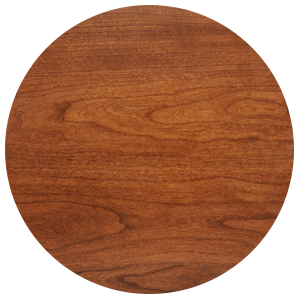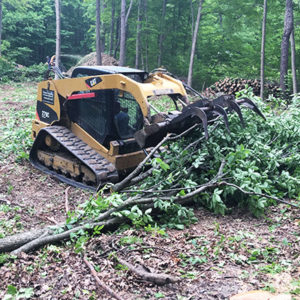“Reclaimed” wood simply means it has been taken from a previous use and salvaged to be used again.
Understanding the Why?
What is reclaimed wood?
Where does it come from?
Reclaimed lumber comes from a number of different resources; fell trees, old structures, lot clearings from residential tree removals, and land development. It can also come from certified foresters who are working to maintain healthy forests.
Why Reclaimed Timber?
There are a number of benefits to using reclaimed timber. We live in world of diminished natural resources.
Environmental Responsibility
Using reclaimed wood reduces the amount of emissions associated with the logging, processing, and transportation of new wood. Freier Forestry has reclaimed and reused over one million board feet of urban lumber, most of which would otherwise end up in landfills. Investing in reclaimed lumber products helps to further reduce landfills and saves trees.
History
Reclaimed wood shares its journey. Every board tells a story where it came from and how it arrived at our mill. It offers a unique glimpse into its past. So, if you’ve got a tree that lives in your back yard that you have to remove, it doesn’t have to end there. You can provide a future for that tree from a new perspective by bringing it into your home for new memories.
Character
Reclaimed wood is a one-of-a-kind product. No two boards are identical, giving away to its depth and character. It comes from its prior purpose in life, maturity and age. The nail holes, bolt holes, shard edges, worming, knots, cracks and splits all display a distressed and rustic look that adds to its character.












